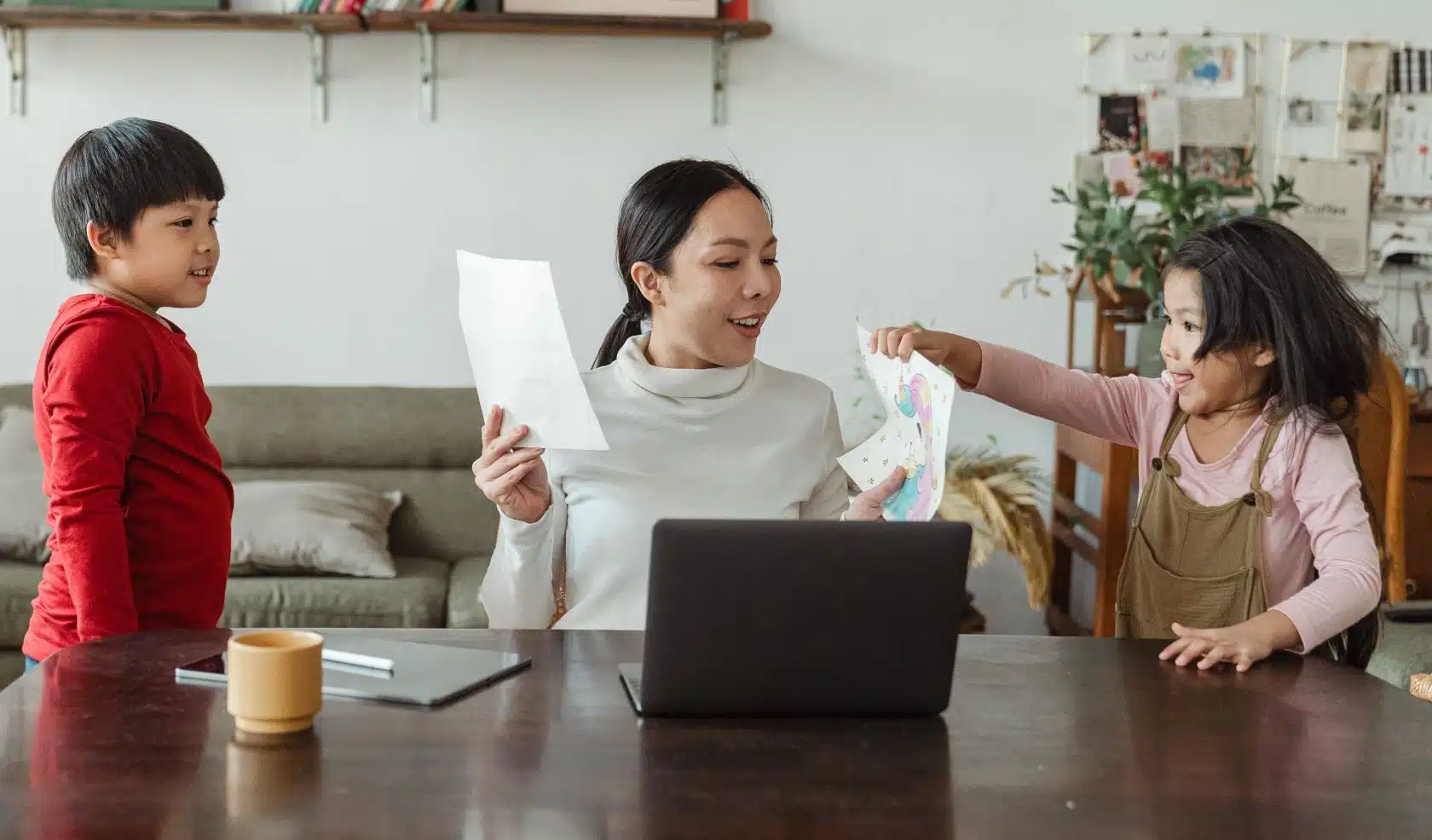Culturally and linguistically diverse (CLD) considerations are used to inform educational practices and support for students with special needs from diverse backgrounds. Here are some examples:
| Aspect |
Description |
| Assessments |
Educators use culturally and linguistically appropriate assessments to identify a student’s strengths and needs accurately. |
| Instructional strategies |
Teachers employ culturally responsive teaching methods that build upon students’ prior knowledge and experiences. |
| Family engagement |
Schools actively involve CLD families in the education process, providing language support and respecting cultural values. |
| Professional development |
Educators receive training on cultural competence and strategies for supporting CLD students with disabilities. |
By addressing the unique needs of CLD students with disabilities, educators and parents can create an inclusive and supportive learning environment that promotes their success.
This post was originally published on April 9, 2023. It was updated on May 10, 2024.














